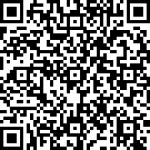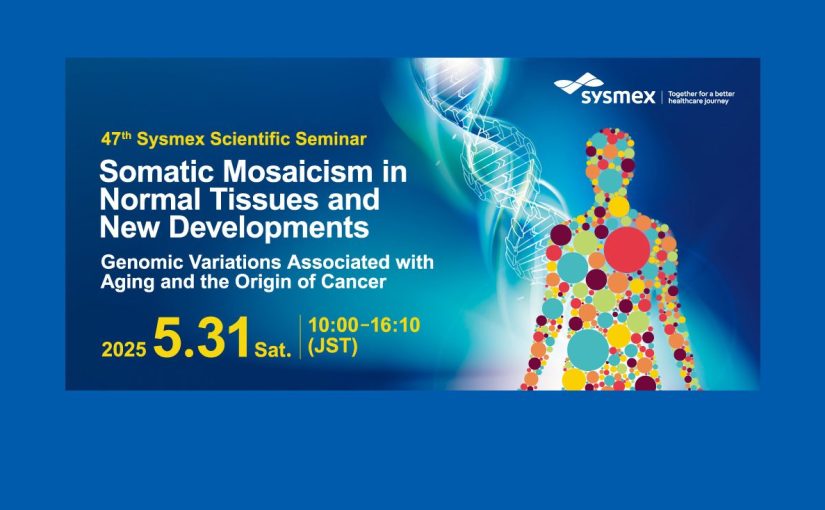Vaccine-induced immune thrombotic thrombocytopenia (VITT)
Speaker

Pantep Angchaisuksiri, M.D.
Professor of Medicine
Division of Hematology, Department of Medicine
Ramathibodi Hospital, Mahidol University, Bangkok, Thailand
Adjunct Associate Professor of Medicine
Department of Medicine, University of North Carolina at Chapel Hill School of Medicine
North Carolina, USA
Objectives of Lecture
– Describe the mechanism of VITT
-Describe clinical diagnosis and management of patients with VITT
-Outline the laboratory assays for detecting VITT
Abstract of Lecture
Vaccine-induced thrombosis and thrombocytopenia (VITT), also referred to as thrombosis with thrombocytopenia syndrome (TTS), is a rare and potentially life-threatening disorder. It is a novel entity that emerged in March 2021 following reports of unusual thrombosis after COVID-19 vaccination. So far, VITT has been reported only after the ChAdOx1 nCoV-19 (AstraZeneca) and Ad26.COV2.S (Johnson & Johnson) vaccines which are based on adenoviral vectors. The true incidence of VITT remains unknown but it seems to be very rare. Although the mechanism of VITT has only begun to be elucidated, it seems similar to but also distinct from heparin-induced thrombocytopenia (HIT) in certain respects. In both VITT and HIT, IgG antibodies bind to platelet factor 4 (PF4) on the surface of platelets via the Fc gamma RIIA receptors leading to platelet activation. It is likely that an anionic molecule present in the vaccine or produced by the cells at the vaccination site binds to PF4 (a cationic molecule), inducing antibody formation. However, unlike HIT, VITT occurs in the absence of antecedent heparin exposure, and VITT antibodies do not depend on the presence of heparin to bind PF4 and activate platelets. The syndrome is characterized by moderate to severe thrombocytopenia and thrombosis, generally occurring 4 to 28 days after vaccine administration. Thrombosis in atypical locations, particularly the cerebral venous sinuses and splanchnic veins, is a hallmark of the disorder. More typical venous thrombotic events such as deep vein thrombosis or pulmonary embolism have also been reported. Arterial events such as bilateral leg ischemia, myocardial infarction, or stroke constitute at least 10% of acute admissions. Overall age of presentation is <50 years. Additional diagnostic criteria outlined in recent guidance by the International Society on Thrombosis and Haemostasis (ISTH) are an elevated D-dimer level and high titer anti-PF4/polyanionic antibodies as measured by enzyme-linked immunosorbent assays (ELISA), typically >1.0 optical density units. There is often a reduction in fibrinogen. The rapid HIT assays are often negative. This most likely reflects the different specificities of the assays to heparin itself. The management of patients consists of giving intravenous immunoglobulin (IVIG) immediately (1 g/kg daily for 2 days) and considering steroids if platelet count is less than 50 x 109/L. A non-heparin anticoagulant such as fondaparinux, argatroban, or a direct oral anticoagulant is recommended if platelet count is over 50 x 109/L and there is no serious bleeding. Fibrinogen substitution is recommended if fibrinogen level is less than 1 g/L. Platelet transfusions (unless patient has a life-threatening bleeding or requires urgent surgery), heparin, low-molecular-weight heparin, and vitamin K antagonists should be avoided. Plasma exchange can be considered if platelet count remains less than 30 x 109/L despite IVIG and steroid treatment.
We hope you have enjoyed the webinar and gained new insights!
May we request your time for a short survey?



![[VOD AVAILABLE] MINDS TOGETHER – Sysmex Knowledge Congregation Webinar on Anaemia & Haematuria Early Diagnosis Using Automation](https://www.sysmex-ap.com/wp-content/uploads/2022/08/3d_illustration_of_red_blood_cells_1-825x510.jpg)
![[VOD AVAILABLE] 9th International Sysmex Scientific Seminar](https://www.sysmex-ap.com/wp-content/uploads/2024/09/ISSS-2024-background-825x510.jpg)
![[VOD AVAILABLE] CBC interesting case studies -Are we listening to our Analysers?](https://www.sysmex-ap.com/wp-content/uploads/2024/11/Clinical-technologist-setting-reagents-on-CS-2500_002-825x510.jpg)